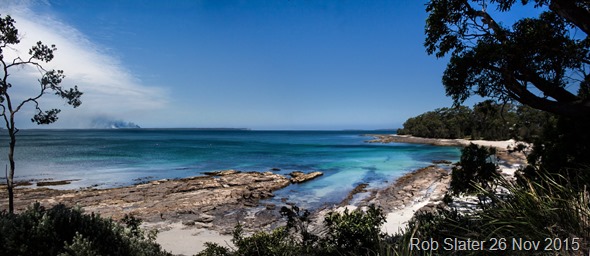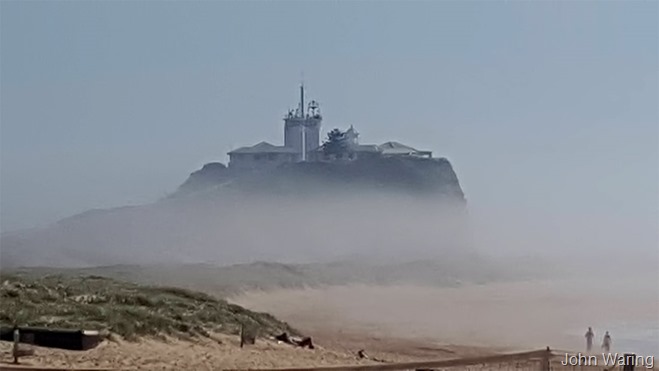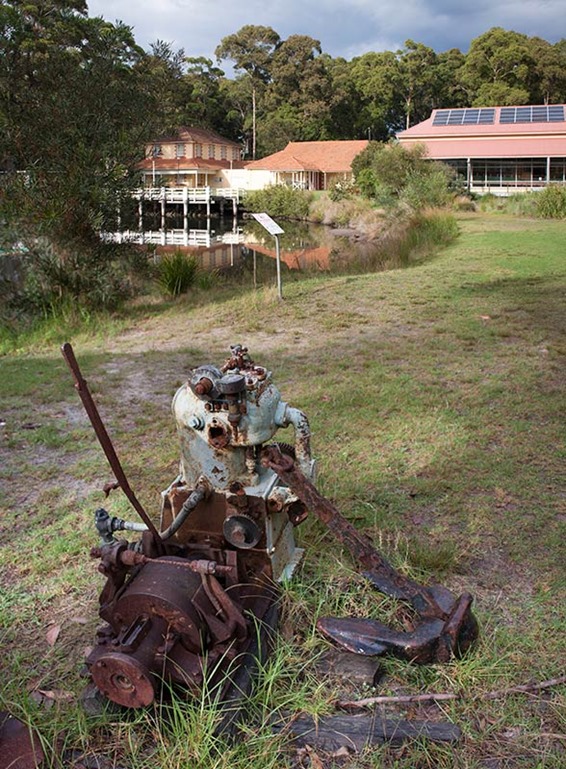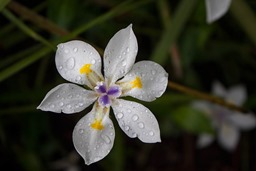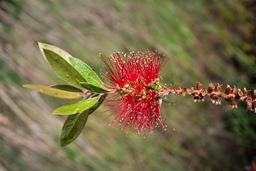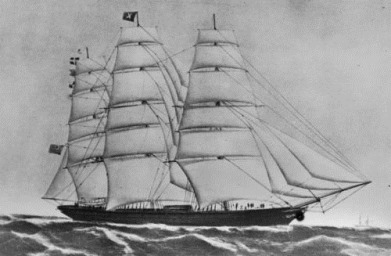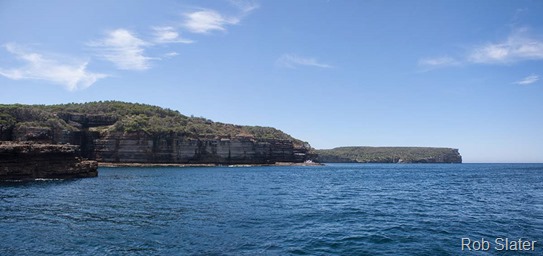30 November 2015
26 November 2015
Fire rages on Beecroft Peninsula
Hornby Lighthouse
| Sydney Harbour. |
 |
| Hornby Lighthouse, also known as Sydney Harbour South Head Lower Light, is an active lighthouse located on the tip of South Head, New South Wales, Australia, a headland to the north of the suburb Watsons Bay. |
| |
1885 Huskisson
23 November 2015
The Cruise of the Wolverene.
| Jervis Bay has played a fundamental roll in the Navy's history. The navy were regular visitors and used the bay for rest and recreation as well as the all important shot practice. In 1889 the H.M.C.S Wolverine left Sydney Harbour bound for Jervis Bay to engage in shot practice. She was a well know warship and had been in Australia since 1877, and for some years was the flagship of the Imperial Squadron in Australian Waters. Progress down the coast was slow, on leaving the Sydney Heads she encountered relatively calm conditions, but as she stood out a few miles she encountered a heavy roll, which catching the vessel broadside on, caused her to tumble about a great deal. The wind being from the west, and blowing strongly fore and aft canvas was set, and this steadied her a little. A large percentage of her crew aboard formally belonged to the British navy.
|
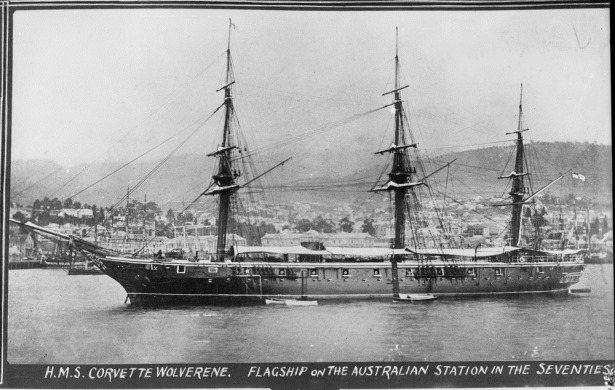 |
 |
|
|
| 64 pounder. Sunset Friday. Nearly one-fourth of the ships company suffered from sea sicknesses during the run down. Saturday morning. A party of officers and the press representatives put off from the ship, landed near Hole in the Wall, and walked across the hill to the Jervis Bay Lighthouse. The track lay through thick bush, covered with a luxuriant undergrowth of grass, bracken and native flowers, |
 |
| On emerging from the bush we crossed an open grassy plain for the lighthouse. We found the light-keeper and his numerous family in the best of health, and the lighthouse itself and it's surroundings were in excellent condition, everything being neat and clean. Looking seaward from the lighthouse the view is extremely grand. The great ocean stretched away in front looking somewhat desolate and lonely, while the long easterly swell dashed on the cliffs at our feet with terrific violence threw huge masses of white feathery spray high into the air, which reflected all the colours of the rainbow as it fell back into the sea again. Lieutenant Cohen, assisted by Dr. Knaggs and Midshipman Lewington took a number of views of the lighthouse and the occupants off the houses situated on the bleak, lonely headland, after which we started the return journey, leaving a number of telegraphic messages to be dispatched to the city prior to bidding the people who live in this lonely spot farewell. |
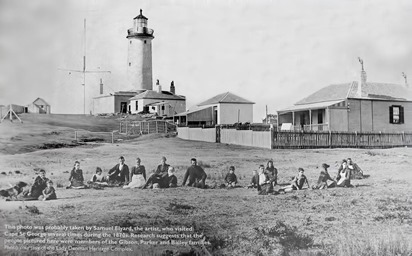 |
| A stiff trudge bought us to the margins of Jervis Bay, where the cutter was waiting to transfer us to the Wolverene, lying about a mile away from the shore. 2.15pm the crew manned the capstan and raised the anchor, to the tune of "Ballyhooley" A target was then dropped over the side, and the Wolverene steamed round while the gun's crews fired at it at ranges varying from 1000 to 1500 yards. Some excellent practice was made, the majority of the shots falling on either side of the object aimed at, the general direction of the missiles being good. Nearly every shot would have holed a vessel. Riflemen were also stationed on the tops, and these took long shots at the target: but despite the inducement offered by Captain Hixon of " a pound for every man who strikes it", they were unable to hit the flag, owing to the unsteadiness of the vessel. |
| After clearing the great headland we stood well out to sea, obtaining a good view of a fine four-masted vessel, which, with most of her canvas spread to the breeze, was heading for Sydney as our good ship left the bay behind her. |
 Leaving Jervis Bay. |
| Darkness now settled over the face of the old ocean, the only signs of life visible to our eyes being the lights of passing vessels and the rays of the friendly beacon shining forth from the lighthouse on the now far distant cape. The Wolverene made many trips to Jervis Bay for ‘shot practice” but this particular journey to Jervis Bay was at an end, this report gives us a valuable insight into the life and times of Jervis Bay and the navy around the late 1880's. |
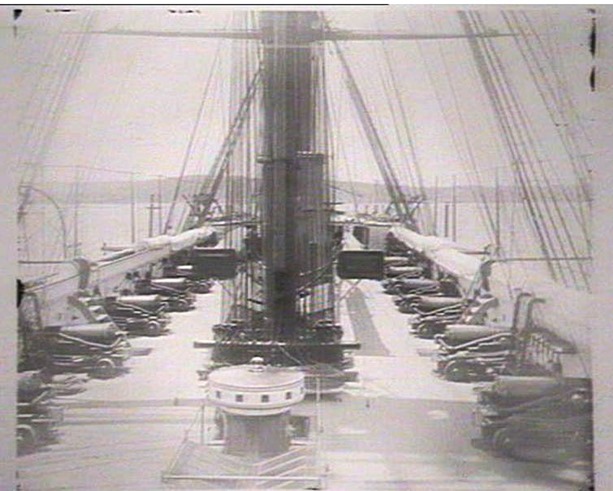 Deck of the H.M.S Wolverene Deck of the H.M.S Wolverene |
| And what became of the H.M.C.S Wolverene? In the early 1880's the Wolverene was presented by the Imperial Government to the New South Wales Government as a drill and training ship for the New South Wales Naval Brigade. The title of the ship was then changed from H.M.S Wolverine to H.M.C.S (Her Majesty's Colonial Ship) Wolverene. The vessel served as a training ship for the Naval Brigade for quite a number of years. At the end of her service in that capacity the Wolverene was sold to Mr. Peter Ellison, of Millers Point, Sydney. Later the vessel loaded coal for South America, and during the voyage her seams opened, whereupon the vessel put into Auckland, New Zealand, where she was condemned in March 1895. The vessel was subsequently broken up in Auckland Harbour. |
Nobby’s Head Lighthouse
18 November 2015
Step back in time.
| The picture below is a hand drawn image that appeared in the “Australian Town and Country Journal” in a story about Huskisson, it featured this image of a ship being built on the shores of Currambene Creek in 1883. . |
 |
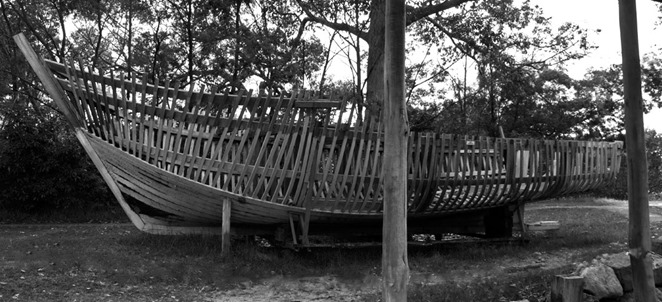 |
| Visit the Museum today, and take a step back in time 132 years. This beautiful hull was purchased from Mr. Arthur Williams from Batemans Bay in 1986 after a lot of work by John Hatton, John was the Member of the South Coast and also Chairman of the Lady Denman Restoration and Historic Site Committee at the time. |
|
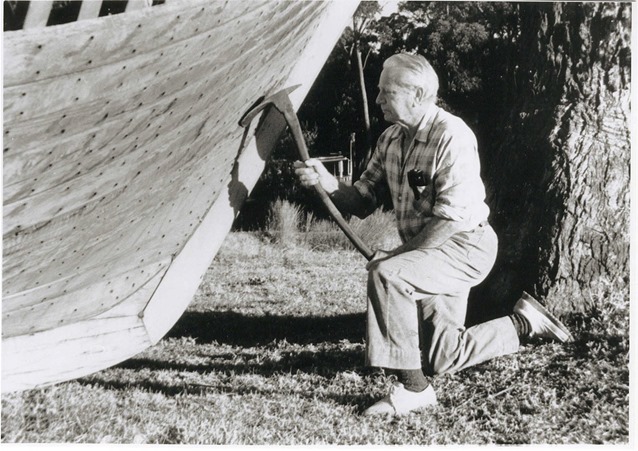 Alf demonstrating how to use a broad axe. |
| Alf Settree the last wooden boat builder had his sheds and slipway near the entrance to Currambene Creek at Huskisson, he designed and help build the boat shed in the traditional manner, the shed is named in his honour. |
13 November 2015
Home of the Lady Denman
11 November 2015
Australian Clipper Ship Mystery.
| What happened to the Strathnaver? - 1875 | |||
| She was well freighted having onboard a valuable cargo, comprising 3423 bales wool, 21 bales skin, 15 casks tallow, 127 bags bone dust, 13 bales leather, 38 logs timber, 931 cases meat, 2517 ingots, 488 cakes copper, 3585 ingot tin. During this voyage she carried no passengers, but had a crew of some thirty all told. Questions were asked of the government and the Navy why a search for this vessel was never undertaken, the correspondents at the time were scathing in their reports about missing ships and the governments response. | |||
| |||
| "Until you have the courage to lose sight of the shore, you will not know the terror of being forever lost at sea." — Charles Cook | |||
| | |||
Remembrance day
| At 11 am on 11 November 1918 the guns of the Western Front fell silent after more than four years continuous warfare |
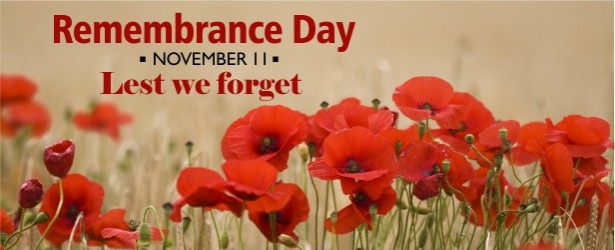 |
| The 11th hour of the 11th day of the 11th month attained a special significance in the post-war years. The moment when hostilities ceased on the Western Front became universally associated with the remembrance of those who had died in the war. This first modern world conflict had brought about the mobilisation of over 70 million people and left between 9 and 13 million dead, perhaps as many as one-third of them with no known grave. The allied nations chose this day and time for the commemoration of their war dead. |
| |
10 November 2015
A journey to Jervis Bay 1908
| The Macleay Chronicle (Kempsey, NSW : 1899 - 1952), Thursday 30 July 1908 | |||
| The following story from a visitor to the bay over 100 years ago paints a different picture to the one we now have of the bay. Some thing haven’t changed, the beauty of the area is still a sight to behold. The main change derived from this story are the regulations we are governed by now. The regulations have taken away some of the freedom people had back then to roam about the bay pursuing their own interests, be it fishing, hunting or sightseeing. The rules and regulations are necessary to deal with technology and the rising population, and the associated pressure this is putting on the bays environment. Enjoy the story below, it’s a fascinating journey, there are a couple of inaccurate references, The “Chimbozaro” did smash into Point Perpendicular, but without any loss of life. The area described as “Boat Harbour” we now know as “Honey Moon Bay” - there is another “Little Boat Harbour” it featured in the previous story about the ‘Torpedo Tubes.” The reference to a waterfall at the head of Moona Creek, there is no such waterfall – I think the story refers to Currambene creek and the waterfall at Falls Creek. | |||
| |||
9 November 2015
Earthquake shakes the Shoalhaven.
| The Shoalhaven News 1901. |
| A severe shock of earthquake was felt at Terrara and Numba on Oct 10the 1901. All the storekeepers were made aware of the fact by the rattling of the crockery ware and a general shaking of the buildings. In Jones’ store a large jar of salt fell from a shelf, caused by the violence of the vibration, whilst the doors of the building remained open were closed with a slam. At Numba the clock of Mr. Alexander was stopped by the perceptible shaking of the house. The vibration lasted for seven or eight seconds |
| Alcohol add that appeared in the local paper from the same time. |
 |
| |
Australian Society for Growing Australian Plants
| Crap Spider putting on a show. |
| The Australian Society for Growing Australian Plants will be holding a conference in Canberra on 16th November. Members attending will be from all states of Australia and some will be on the pre conference tour of the South East Coast from 9th November to 13th. This tour will take in different areas of Eurobodalla Shire and within the Shoalhaven. Members of the Nowra group of the Australian Plants Society (NSW) will host the group for morning tea and take them around the garden and if there is time take in part of the complex. |
 One of our locals putting on a show. One of our locals putting on a show.A beautiful Crab Spider waiting for an unsuspecting insect in the Wirreecoo Wildflower Garden |
|
|
8 November 2015
5 November 2015
Cape St George Lighthouse
| As reported in the The Maitland Mercury and Hunter River General Advertiser - 1860 |
 |
| Continue Reading – Despite the great enthusiasm stated above, the light was embroiled in controversy even before it was built, Meaning: Catoptric - a light in which the rays are concentrated by reflectors into a beam visible at a distance. |






